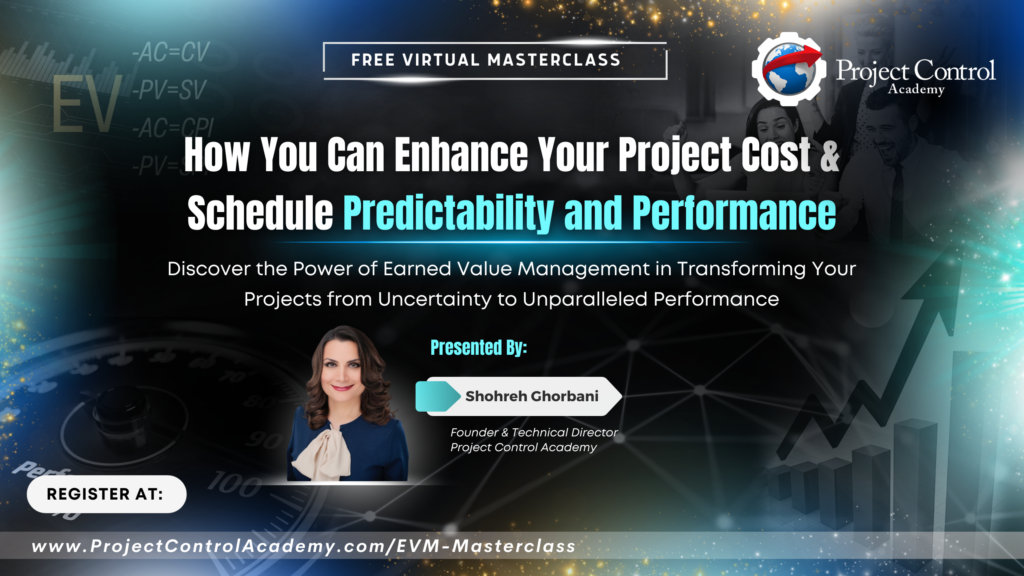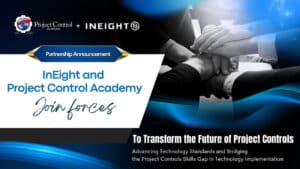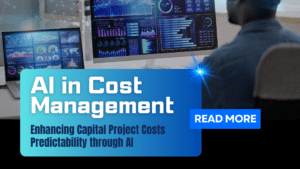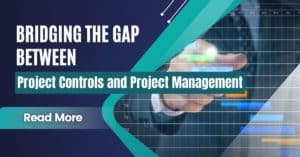Dr. David Hulett is recognized as a leader in developing concepts and methods for quantitative project cost and schedule risk analysis and applying them on large commercial and government projects. Through his consulting services, Dr. Hulett works with companies in developing the most modern sophisticated, powerful and fast software for integrated cost and schedule risk analysis using Monte Carlo methods.
As the author of two books – Practical Schedule Risk Analysis and Integrated Cost – Schedule Risk Analysis – and many articles, guidelines, and best practices, Dr. Hulett has helped professionals learn the schedule and cost risks methodologies and implement them in their projects.
Watch my interview with Dr. David Hulett and learn about the following:
- How he got started in the field of risk analysis and management
- What made him write two books on risk analysis: Practical Schedule Risk Analysis and Integrated Cost-Schedule Risk Analysis
- How you can implement what you learn from reading the books
- What other services Dr. David Hulett provides that you and your company can benefit from
- Dr. Hulett’s “secret” for building a successful career in the field of risk analysis and management
- 4 key lessons that you can apply in your projects for further success
- Role of risk analysis in the future of project controls and project management
Download the free audio mp3 podcast of this episode on iTunes.
Summary of Key Lessons from Dr. David Hulett’s Interview
Here are four key lessons from Dr. David Hulett that as a project controls/ project management professional you can apply in your projects for further success:
Understand Project Schedule
One of the things that we always have trouble with is the “project schedule”.
According to Dr. Hulett, some of the Project Controls professionals are schedulers. When they are introduced to project scheduling software like Microsoft Project or Primavera P6, they look at the software and they say, “Hey, I can do that”. So, they learn the software and some of them know the software better than I do. That’s not the hardest thing in the world.
However, they don’t understand why they’re doing it. They don’t understand that there are principles involved. There are several different documents that they should go to and maybe courses that they should take so they learn what it takes to make a good quality schedule. What I mean, is a schedule where the dates for various milestones are driven by the durations and the logic between activities rather than constraints and lags and where their critical path really makes some sense.
A lot of people get the dates but they don’t look at the critical path. One of the things they don’t look at is the total float values. I have plenty of schedules where I’ve got 700 days or 500 days or 300 days total float and I know that they’re running like their hair’s on fire. How can they possibly have that much flexibility? It’s okay if it is real but if it’s a function of incomplete or lazy scheduling, then it’s just not real and therefore can’t be relied on.
The project schedule is perhaps the best single place to go for project management information and therefore the schedule is a basis for proper risk analysis.
Be Confident in Your Conclusions and Tell the Truth
You have to know how to work with people. You have to be strong enough in your conclusions. For instance, when the project manager says, “Hey, you didn’t get the right result”, you say, “look, I have been talking to all the people in the schedule, the project management chain, and all the team leads. We have found that there’s no better way to do the project than this”.
You have to be able to speak the truth.
I remember one schedule which was supposed to be 36 months, but the management wanted it to be 32 months. The scheduler who was a contract consultant said: “okay, I can do that”. He then squashed the activities. He put them in parallel when they should have been in series. Later, one of the risks happened and the project had already lost six months at that time.
The individual doing project controls really has a central role because he or she will have the information that a lot of other people don’t have. The project controls person has to be strong and confident in his or her technical ability. He/she has to do the homework, get the right answers, and examine what they ought to be reporting. You have to figure out a way to do that in an effective way that leads the team to consider things associated with risk and in a way that is professional.
Get in Touch with the Project Team and Understand What’s Going on in the Project
Go to the site and be involved with the project as a risk analyst. I try to always go to the site and talk to the people. These risk interviews are wonderful because you have two hours uninterrupted with somebody and that person finds that you are very interested in the subject of risk and you find that they have a lot of information about that and you play off against each other.
How many people get to speak for two hours in a place where they’re safe to say what they really mean? That’s when we get risks that are not in the risk register which is a shame because the risk register is supposed to be the document that has all these risks in it.
Get Involved
Go to conferences, talk to people, and listen to the people who are talking about project controls subjects. You can follow up with the authors and presenters. Later get yourself involved and present on your topics of interest.
Summary of the Role of Risk Analysis in Future
Following are some of Dr. Hulett’s thoughts about the role of risk analysis in the future of project controls. As he pointed out, “we’ve got to think about what’s going on in the future”.
Data Interpretation
One of the things that I’ve talked about in AACE and in other venues is the joint confidence level analysis of integrated cost and schedule risk analysis. It has a little bit of a problem in the sense that there are many different combinations of cost and schedule that they would give you the confidence level that you want. If you want the 80th percentile of making both cost and schedule, it is different from the 80th percentile of making schedule by itself and cost by itself. It’s more stringent; you need more money and more time. But how much more time? It has something to do with the way we interpret the data.
Management Has to Take Responsibility
The second thing is about the “big picture”, which is how the organization reacts and uses the results of the risk analysis. Some organizations use them very well. Some other organizations are just checking the box. They get the risk analysis, put it on the shelf and then do what they were going to do anyway. The project team is responsible for providing the right information to the management. Management has to take responsibility for taking into account the risk analysis results or otherwise face the consequences.
Enterprise Risk Management
Another thing that we really need to do as controls practitioners, is better “enterprise risk management”. Enterprise risk management is not just adding up the project risks and saying that that’s my enterprise.
There are conceptual differences between the risks to the enterprise and the risks to individual projects. For instance, if you have a risk to the reputation, say you have an accident, you have some legal issue where you are guilty of misleading the people, your media reputation can be affected greatly. I’m not sure that enterprise risk management is yet ready for quantitative analysis. I don’t know of any software neither I’ve seen some software that pretends to deal with that. This is an area of opportunity because there is increasingly information about Enterprise Risk Management.
Higher Complexity
The fourth thing is complexity. Complexity in projects means risk management as well. There are problems with complex projects. Although all projects have risks (ranging from technical, to environmental, to regulatory, to organizational risks), more complex projects may pose more complex risks. As such, we might want to think about training and treating complex projects a little differently by at least looking at some of the risks that are a little different or maybe a lot different. They’re not being found in small projects or short projects. You have to get the engineering right.
Resources
- The Audio version of the interview with Dr. David Hulett on Project Controls Mastery Podcast
- Practical Schedule Risk Analysis book by Dr. David Hulett
- Integrated Cost- Schedule Risk Analysis book by Dr. David Huelett
- Quantitative Project Cost & Schedule Risk Analysis Online Training
- Project Controls Training Programs
- Project Controls Video Tutorials
About Dr. David Hulett
Dr. David Hulett is recognized as a leader in developing concepts and methods for quantitative project cost and schedule risk analysis and applying them on large commercial and government projects. He has conducted many project risk analyses and has developed and presented training courses focusing on quantifying the risks and their implications for project cost and schedule results. He works with companies developing the most modern sophisticated, powerful and fast software for schedule and integrated cost-schedule risk analysis using Monte Carlo methods. He has performed many schedule assessments benchmarking schedules against GAO’s Scheduling Guide best practices.
Dr. Hulett was admitted as a Fellow of the Association for the Advancement of Cost Engineering (AACE) International in 2015. He received the Brian D. Dunfield Educational Service Award from AACE in 2018.
Dr. Hulett has focused for the last 25 years on quantitative schedule risk analysis, integrated cost-schedule risk analysis, and project scheduling best practices. As the author of two books –Practical Schedule Risk Analysis and Integrated Cost- Schedule Risk Analysis – and many articles, guidelines, best practices, Dr. Hulett has helped professionals learn the schedule and cost risks methodologies and implement them in their projects.
To learn more about Dr. Hulett, check his website at ProjectRisk.com, or connect with him via LinkedIn.
About the Interviewer, Dr. Kamran Akbarzadeh
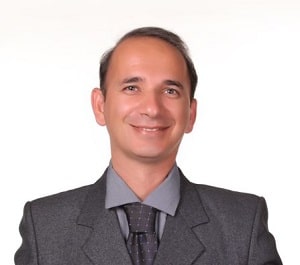
Dr. Kamran Akbarzadeh is co-director of Project Control Academy and founder of Dream Achievers Academy. With his Amazon best-selling and international award-winning book, Leadership Soup, Kamran is an internationally recognized leadership and success expert.
With years of experience as a project manager and subject matter expert in big oil and gas companies, and as a successful entrepreneur, Kamran believes that everyone has the potential to achieve what he or she truly wants in life. His desire for adding value to people and helping them grow and achieve their dreams and visions motivated him to establish Dream Achievers Academy and write his second book Get What You Want, which also became an award winner.
Kamran’s vision is to passionately add value to people around the world and inspire them to realize their potential and fulfill their dreams. And his mission is simply to serve.
As an inspiring and motivational speaker, seminar leader, and coach, Kamran equips his audience with profound tools, techniques, and solutions to hone their skills, increase their influence, get what they want, and achieve long-lasting success in their personal and professional lives as a result.
Kamran holds a Ph.D. in Chemical Engineering, PMP with Project Management Institute, and Distinguished Toastmaster (DTM) with Toastmasters International.

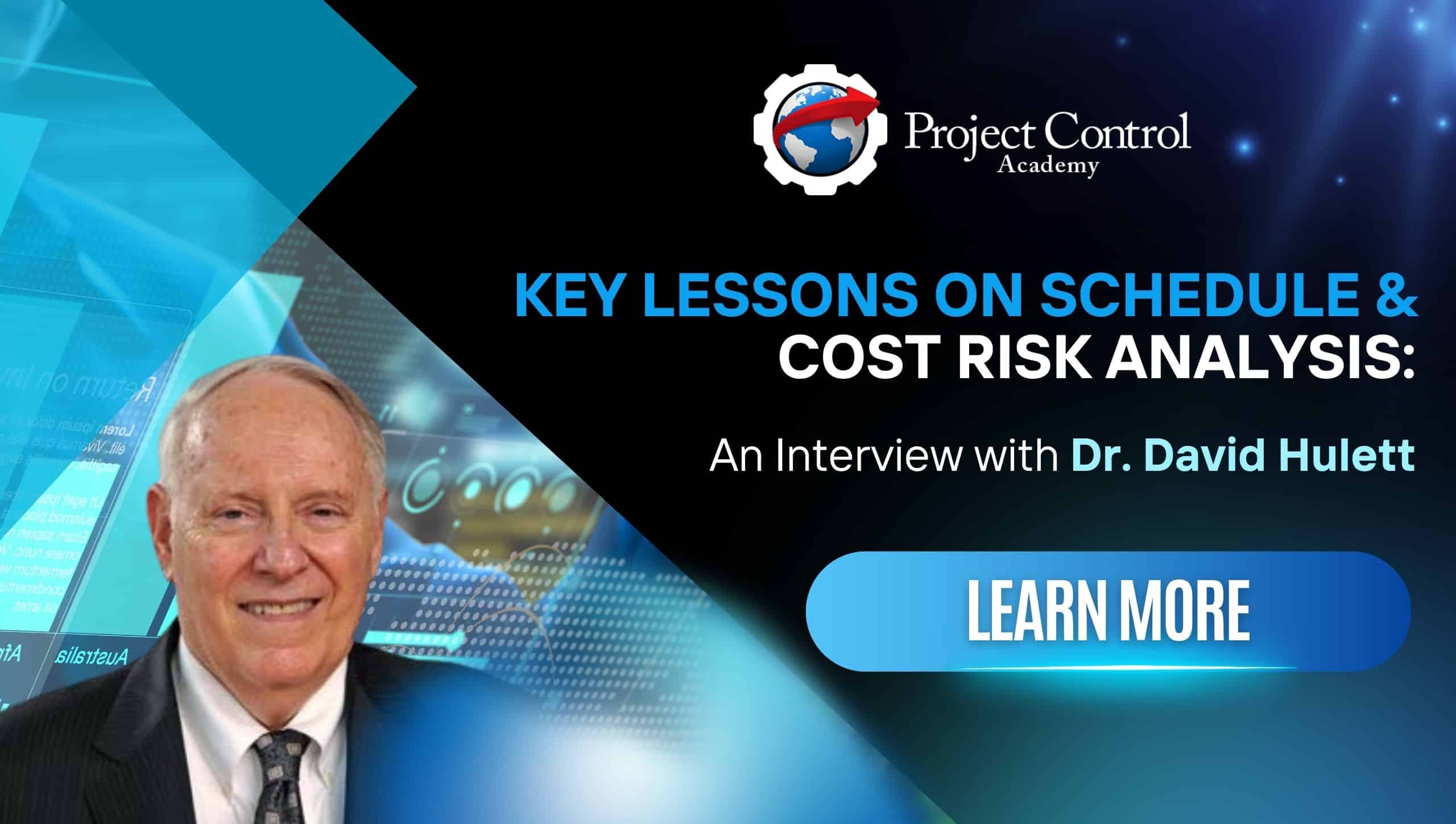



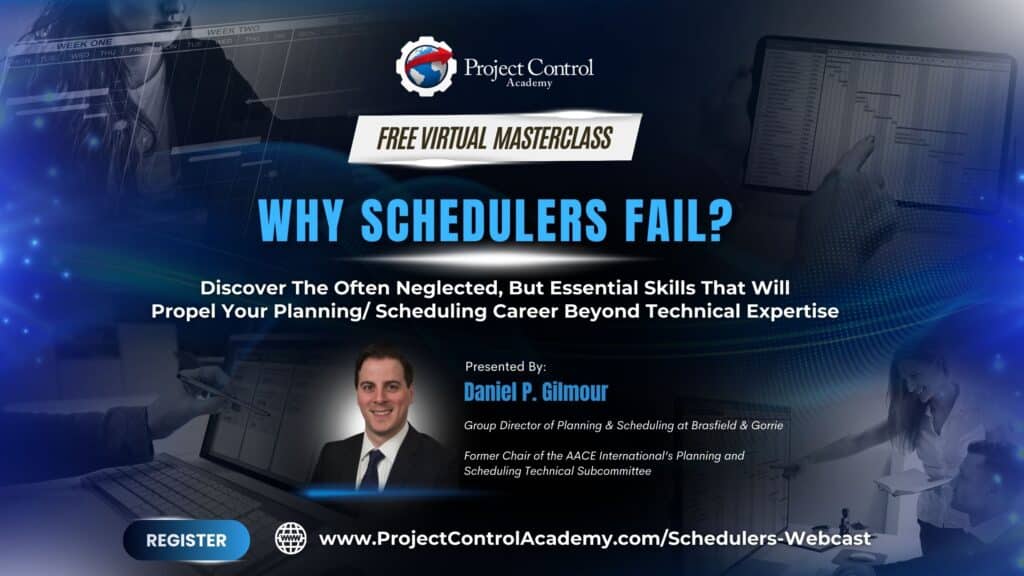
![[Free 90-min Masterclass] The Ultimate Leadership Recipe for Project Professionals](https://www.projectcontrolacademy.com/wp-content/uploads/2024/08/4-1024x576.jpg)
